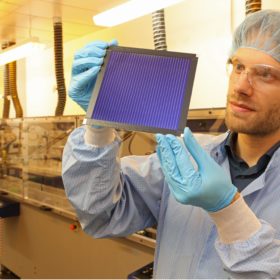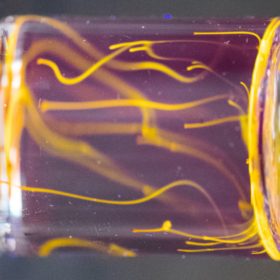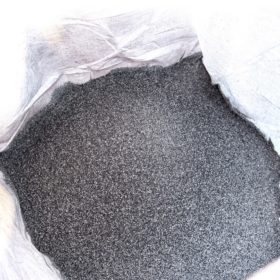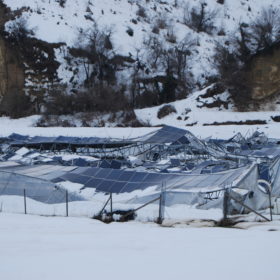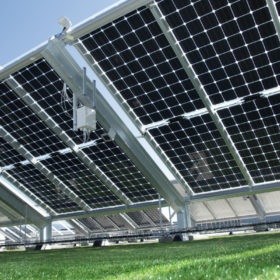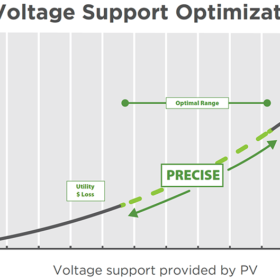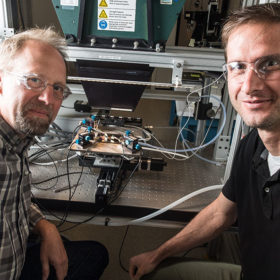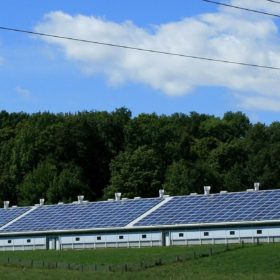New world record for large-area organic PV module efficiency
Scientists in Germany have achieved 12.6% efficiency with a 26 sq cm organic panel and 11.7% for a 204 sq cm device. The feats were achieved with a new module layout and a slower, high-resolution, short-pulse laser structuring process.
Designer molecules enable ‘two for one’ efficiency boost
Scientists in the U.S. have come a step closer to taking advantage of singlet fission – a phenomenon seen in certain solar cell materials that promises to greatly increase energy yield. By designing and testing various molecules, the group was able to better understand the fundamental processes behind the mechanism and optimize materials to better take advantage of it.
PV module recycling should prioritize high-purity silicon recovery
Recovering silicon of the quality required for reuse in panels is at the heart of mitigating device carbon footprints. R&D efforts should be ramped up now, says an international research group, so the technology is in place when huge volumes of modules begin to need replacing.
The cost of building stronger PV systems
Scientists in the U.S. have estimated the expense of strengthening solar systems. The researchers stressed that the upfront investment needed to take 13 key measures may be outweighed by the benefits.
French bifacial standards measure up
A global assessment of bifacial testing methods conducted in Singapore has endorsed the approach taken by France’s Institut National de l’Énergie Solaire.
PV systems could provide up to 60% of output during hurricanes
Researchers in the U.S. have demonstrated, using simulations, PV system generation can range from 18-60% of clear-sky potential during hurricanes – provided the arrays do not suffer damage. According to them, solar installations could continue to provide back-up power when grids are down during hurricanes, especially if coupled with energy storage.
Investigating backsheets and ultraviolet stability
Five testing laboratories led by Germany’s Fraunhofer ISE have begun a ‘round robin’ project to test the effects of ultraviolet light on polymer backsheet materials. Initial results indicate a route to accurate accelerated testing of backsheet UV stability over module lifetimes of 20 years-plus.
Preconfiguring and controlling inverter set-points
Researchers from the U.S. National Renewable Energy Laboratory have developed a tool to balance customer curtailment and grid stability. The “Precise” tool for utilities provides unique inverter settings tailored to each customer, with minimal investment and labor for companies that use it.
Six-junction III–V solar cell with 47.1% efficiency
A U.S. research group has developed a new solar cell, based on six active photoactive layers, to capture light from a specific part of the solar spectrum. The scientists claim that they could potentially reach a 50% efficiency rate with the new cell.
A big grid solution to harness small solar arrays
Scientists at the U.S. National Renewable Energy Laboratory are developing a communication system to coordinate and control the volumes of solar power injected into grids by small scale solar arrays.
